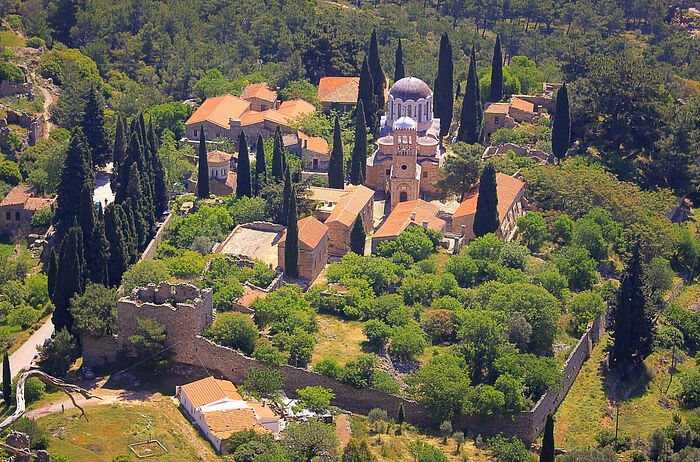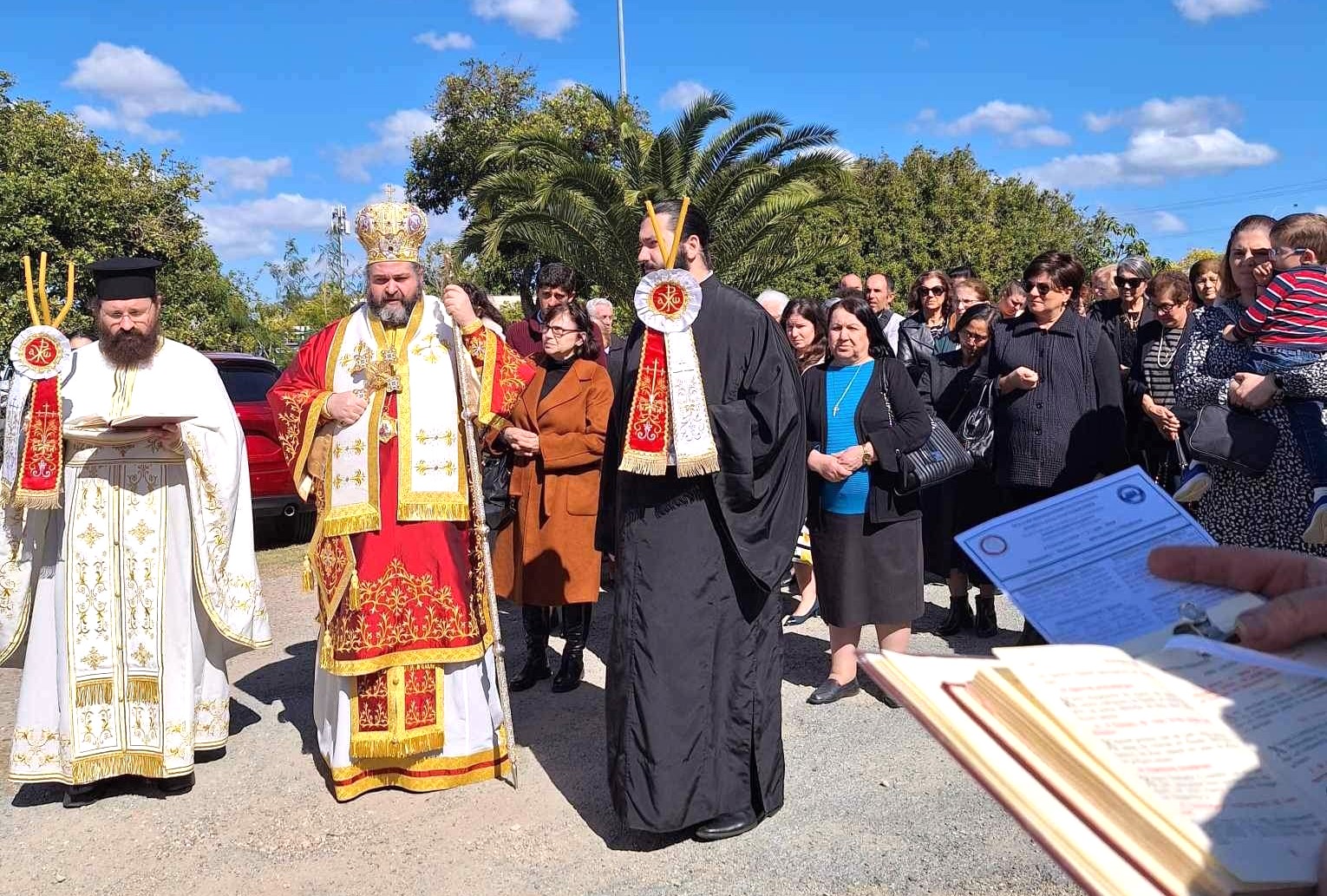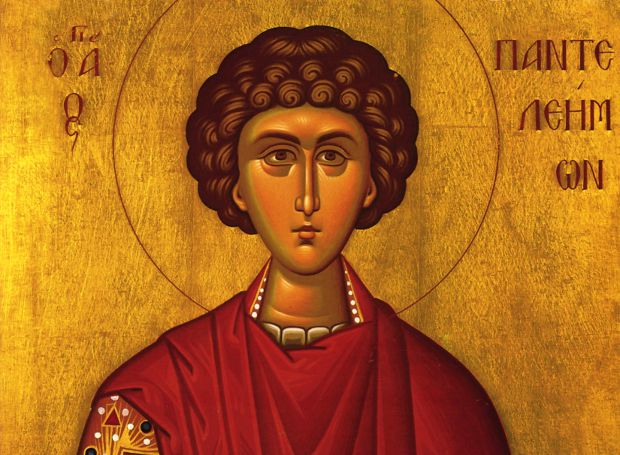Greek UNESCO – Protected Monastery undergoing restoration


An 11th-century Orthodox architectural treasure on the Greek island of Chios is undergoing restoration.
The Ephorate of Antiquities of Chios is carrying out the project on the defense tower and fortified enclosure of the complex of buildings of Nea Moni (New Monastery), reports the Orthodoxia News Agency.
Nea Moni is registered as a UNESCO World Heritage site together with the Greek Daphni Monastery and Osios Loukas, all considered extraordinary examples of the second golden age of Byzantine art.
The project, to be completed in 2025, will make the western part of the monastery enclosure accessible to the public. The budget of $756,790 (700,000 euros) is being provided by Greece’s Recovery and Resilience Fund.
Nea Moni was founded in the middle of the 11th century with imperial sponsorship. The monastic complex is fortified with a high enclosure and protected by a defensive tower, following the typical arrangement of buildings in monasteries of the Byzantine era. At its center stands the Catholicon, while the refectory is situated a short distance away. The church was consecrated in 1049, and the construction was completed during the reign of Theodora (1055-1056).
During the Genoese rule (1346), the prestige of Nea Moni increased, and its prosperity and zenith continued through the Ottoman rule after 1566. Initially, the monastery followed the coenobitic system until its first desertion (end of the 11th century), after which it was abandoned. When new monks settled, a unique system with some coenobitic elements was adopted, which lasted until 1950. Throughout nearly 1,000 years of its existence, the monastery faced numerous trials. The first major blow was the destruction and looting of 1822, followed by the earthquake of 1881, which was critical for both the buildings and the monastery’s finances.
From the original 11th-century complex, the catholicon, cistern, tower, part of the refectory, and the Church of Saint Luke in the monastery’s cemetery outside the walls remain today. The rest of the area is occupied by other communal buildings and mainly by cell wings, dating back to the 17th, 18th, and 19th centuries.
Until World War II, the monastery was male. In 1946, following the death of the last monk, it was deserted until 1950 when the Metropolis of Chios, in an effort to keep the monastery alive, converted it into a convent, and nuns were settled there.
In 2000, Nea Moni was declared an archaeological site of great extent, including the fortified monastic complex, buildings outside the enclosure, the monks’ cemetery church outside the walls, two chapels under the monastery’s jurisdiction located a short distance from it, the Church of St. Anthony, and the Church of St. Phanourios, cultivated areas, as well as large forested areas. In 1990, the monastery catholicon was included in the UNESCO World Heritage List. Since 2014, it has again operated as a male monastery.
Source: orthodoxianewsagency.gr




